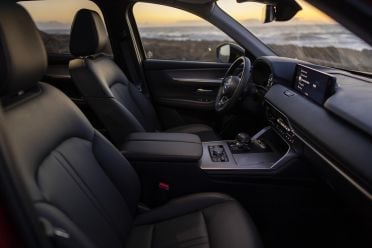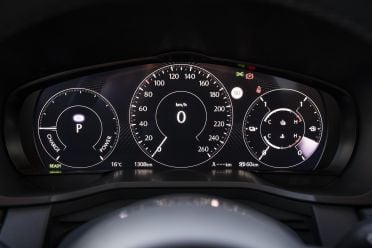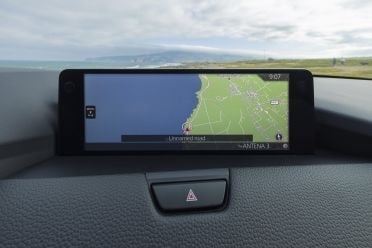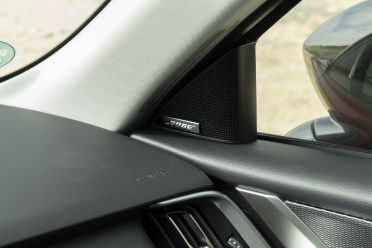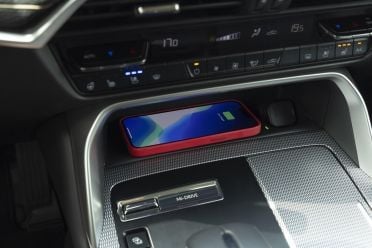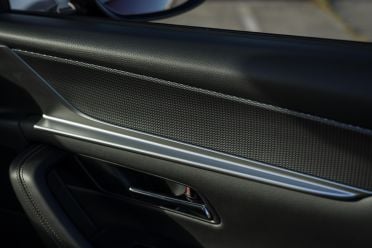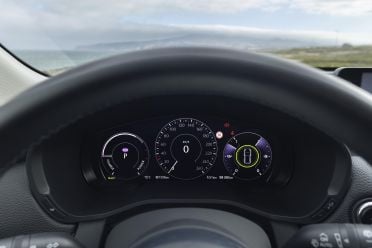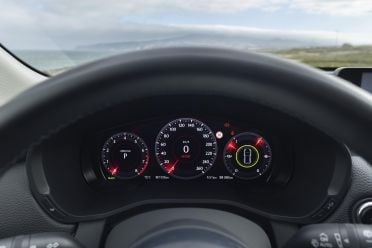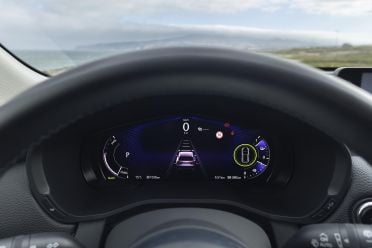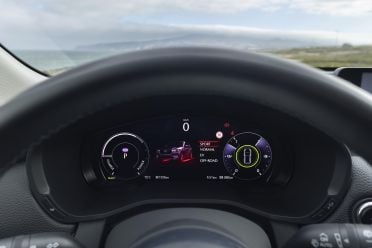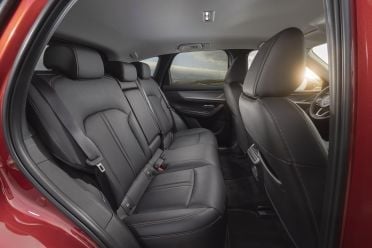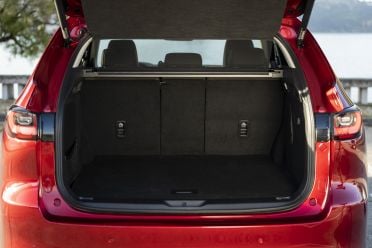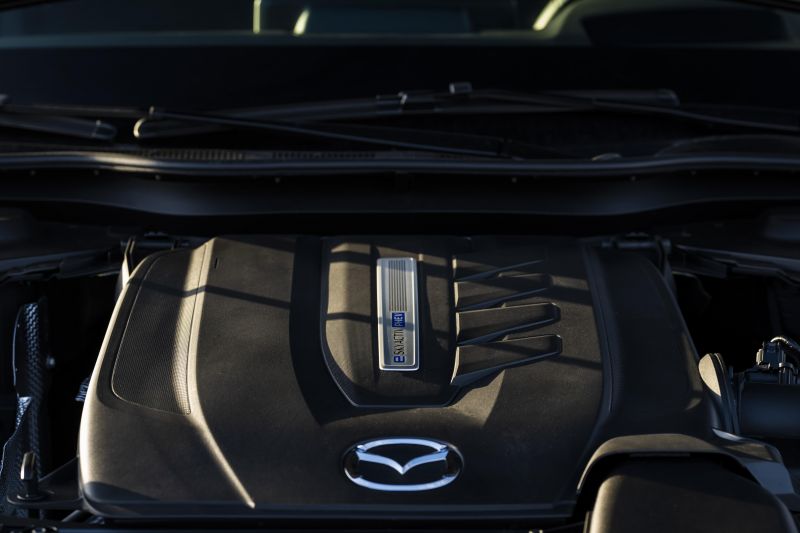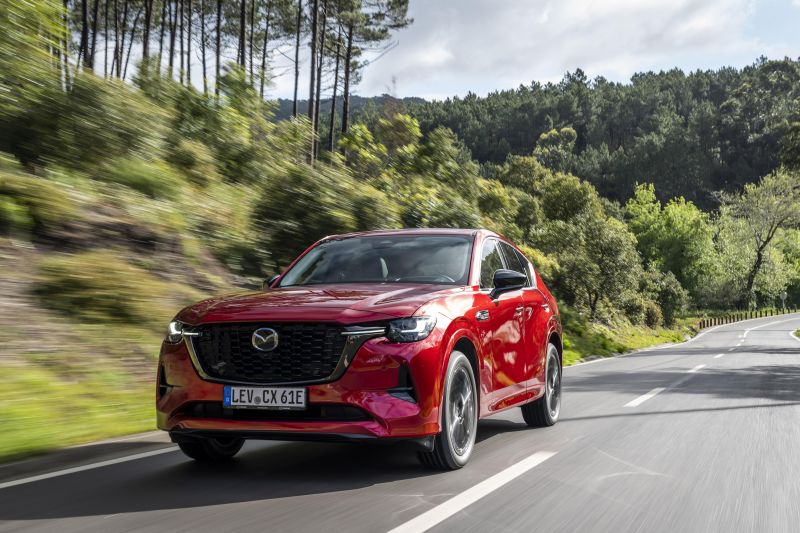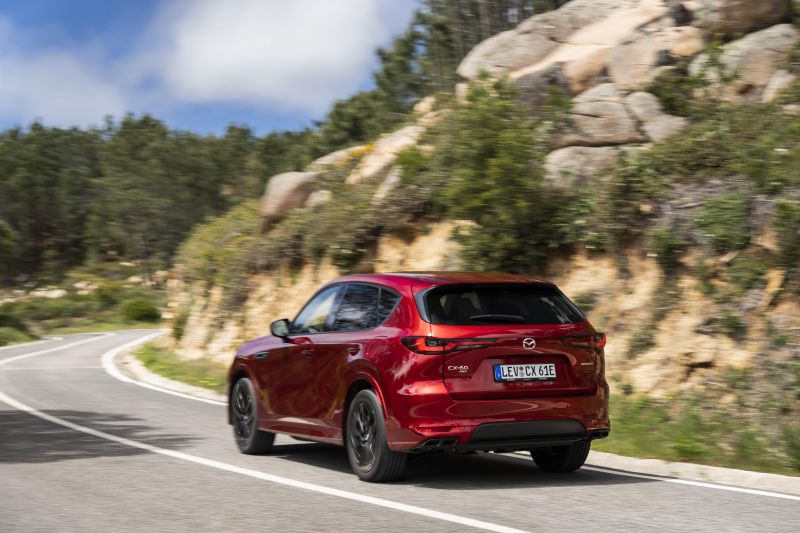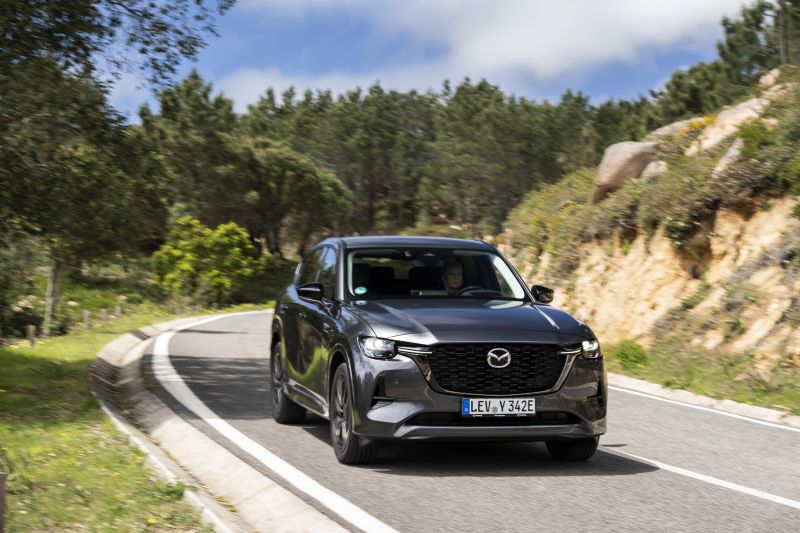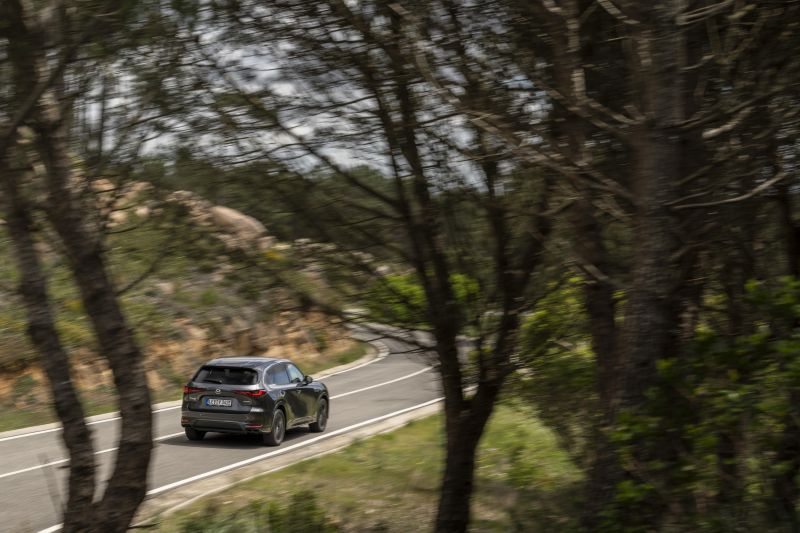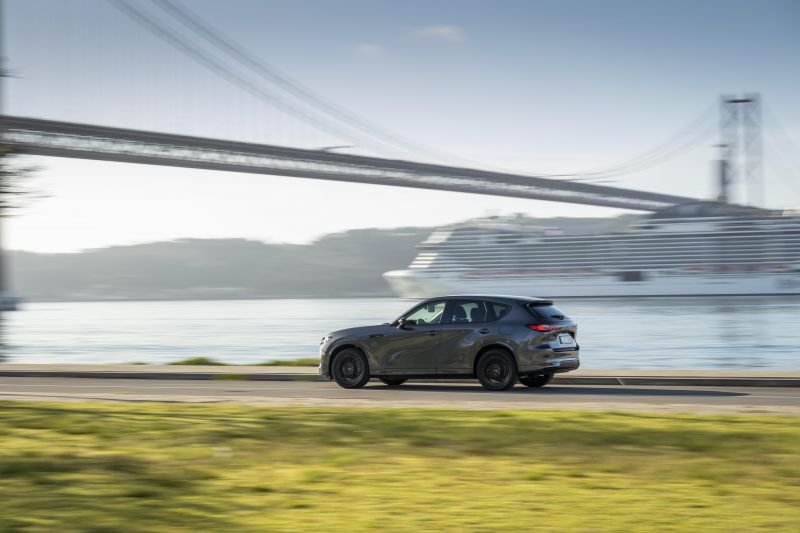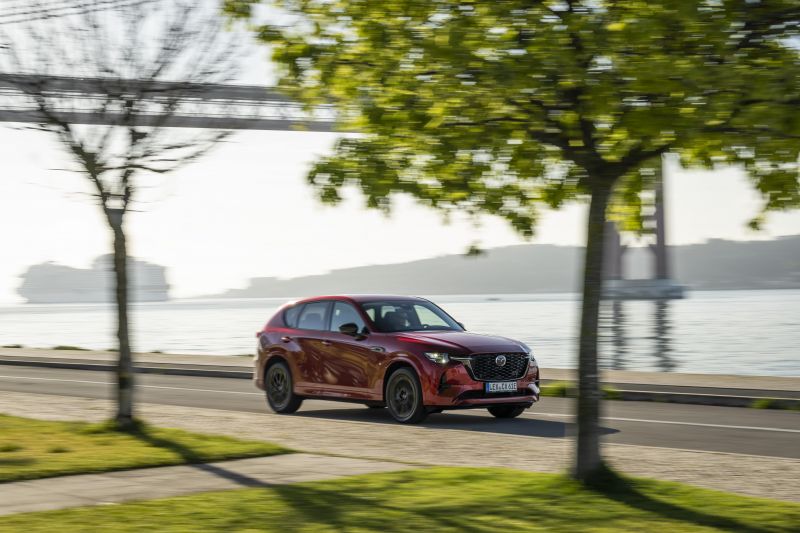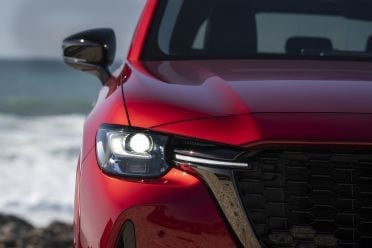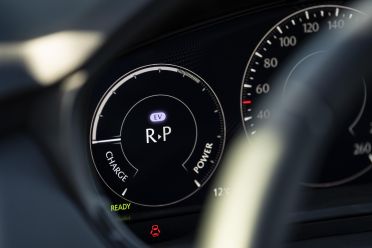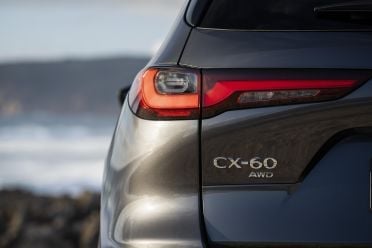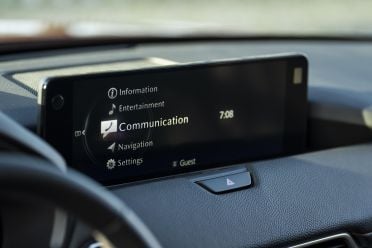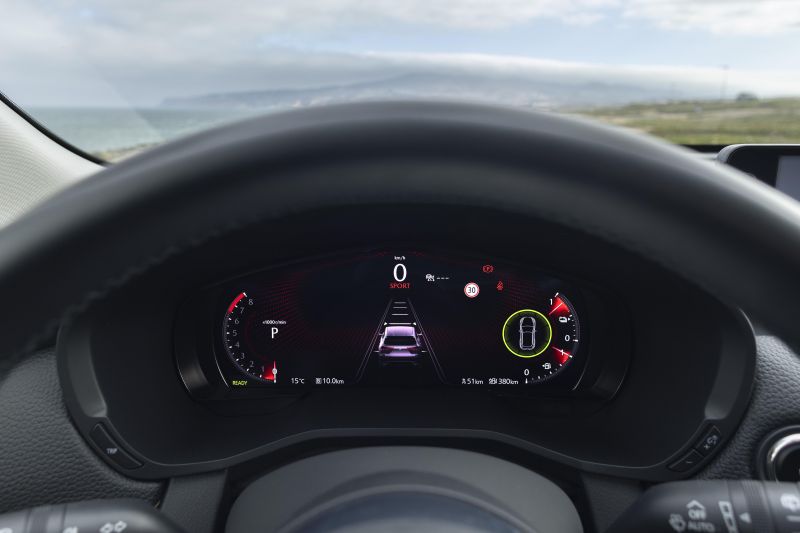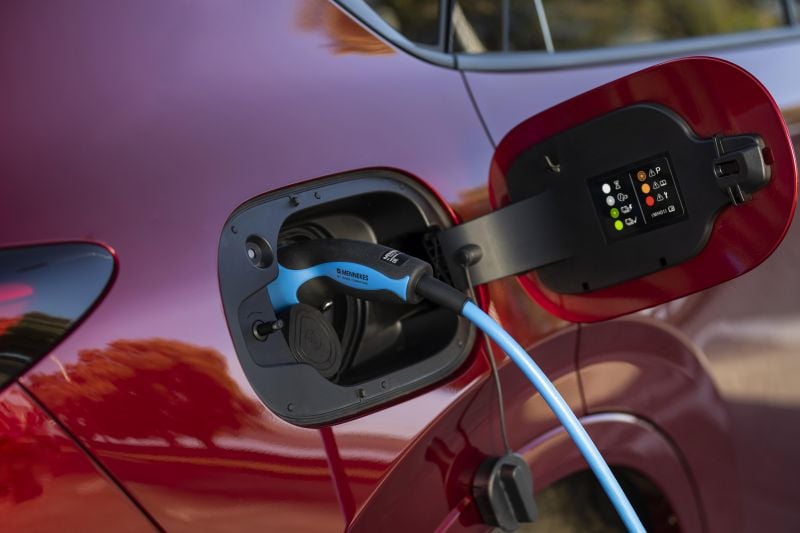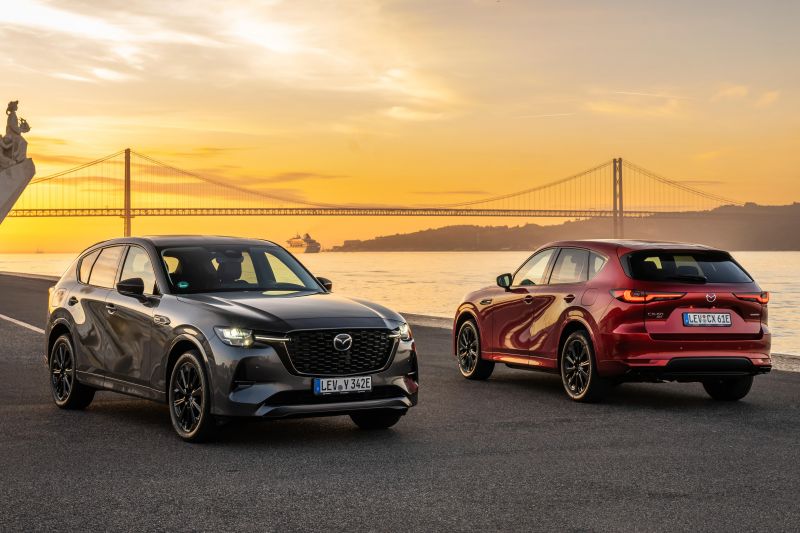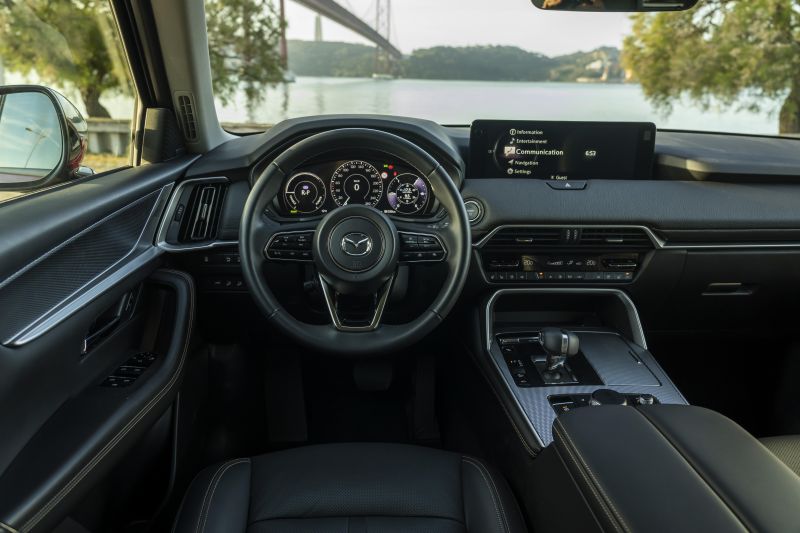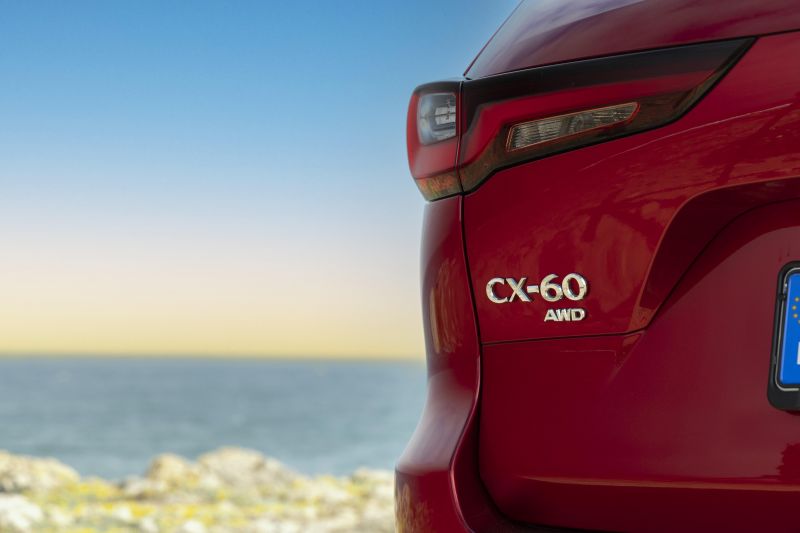Mazda has announced ambitious plans to roll out a number of new vehicles between now and 2030, including a full-electric vehicles to complement the brand’s only current electric offering, the MX-30.
But before then, Mazda is embarking on a journey of electrification through plug-in hybrid technology that aligns with the introduction of a set of new SUVs. The first of these to arrive in Australia will be the 2023 Mazda CX-60.
While the CX-60 will eventually be offered with a mix of six-cylinder petrol and diesel engine, the new SUV will hit the ground running in Australia with a naturally-aspirated four-cylinder petrol engine before year’s end, and a brand-first plug-in hybrid likely in the early stages of 2023.
We had the chance to get behind the wheel of the new Mazda CX-60 Plug-in Hybrid (PHEV) at the vehicle’s global launch to see if it’s any good.

How much does the Mazda CX-60 cost?
Pricing is yet to be confirmed for the Australian market, but we expect this to be a premium offering and for it to be priced accordingly.
The smaller CX-5 Akera is priced from $50,880 plus on-road costs with a 2.5-litre naturally-aspirated petrol engine, climbing to $53,880 for the 2.2-litre twin-turbo diesel. All versions of the CX-5 Akera are all-wheel drive.
UK pricing starts at £43,950 ($76,437) for the CX-60 PHEV in its most basic trim, which is nearly £3000 ($5217) less than an entry-level Kia Sorento Plug-in Hybrid in the region.
It’s unclear whether the CX-60 will be available with a number of trim levels, though Mazda’s current line-up suggests this will be the case. Expect the entry-level CX-60 2.5 AWD to start at less than $60,000, and for the range to head well into the $70,000-$80,000 realm for a high-spec PHEV.
What is the Mazda CX-60 like on the inside?
Mazda’s ambition with the CX-60 is to compete head-to-head with German’s premium SUV set, the BMW X3, Mercedes-Benz GLC and Audi Q5.
The interior aims to deliver on that ambition with premium materials and a focus on fit and finish.
It was a little tricky for us to judge this in person. The test vehicles were all pre-production examples that may not be completely representative of Australian-delivered models.
Based on what we did see, the interior feels like a step up from Mazda’s current offerings. We aren’t huge fans of the design of the doors and centre console; it doesn’t really scream premium and lacks the refinement and feel of some German equivalents.
We suspect this was more a symptom of the vehicle being pre-production rather than it being a lack of material quality.
The Takumi specification Mazda showed at the CX-60’s global reveal featured a white interior with maple wood, along with a fabric dashboard with Kakenui stitching. It looks amazing in pictures and we can’t wait to see it in person.
Outside of those materials, the rest of the interior feels high-class and premium. Soft-touch materials along the dashboard, centre console, and door trims mean high-frequency touch points are adequately covered.
It was also nice to see padding added to the centre tunnel to allow a comfortable knee rest.
The use of a new transmission has allowed a narrower centre tunnel around the pedal box. This means more space and less of a need to angle your body to meet the pedal position. It’s not so much an issue for right-hand drive vehicles, but it’s evident enough in left-hand drive vehicles when a transmission housing pushes into the pedal box.
Mazda says a wide centre tunnel creates a feeling of space inside the cabin and makes the car seen bigger than it is. Unfortunately it didn’t really make great use of the added space this affords. The centre console is quite wide, but it’s very shallow despite how big it looks.
On the technology front, Mazda has decked the cabin out with USB-C connectivity in the front and second rows. Depending on specification you’ll also find wireless phone charging, along with a 12V outlet.
The infotainment screen comes in at 12.3 inches, as does the display ahead of the driver. The infotainment system didn’t offer touch response in our test car, with the unit driven entirely by voice or the rotary controller central to the cabin, though Mazda did say the new display would be a touchscreen at the CX-60’s reveal.
Smartphone mirroring comes in the form of wireless Apple CarPlay and Android Auto, with audio featuring AM, FM and DAB+ digital radio. A 12-speaker Bose sound system is also available on some grades, which integrates a subwoofer under the boot floor.
The display ahead of the driver can also be configured in a number of styles – there’s even the ability to supersize the text within the display if you find the regular font size too small.
Second-row passengers get to experience the same level of quality as the fronts, with no real skimping on materials. Sometimes manufacturers will cheap out on the second row because they think nobody will notice. That means soft-touch materials along the door, decent storage within the doors, and a decent central arm rest with cupholders.
Seat heating is available for the two outboard seats, along with two USB-C ports and a 230V power outlet.
Leg- and headroom in the second row is good, but not quite as spacious as we thought it would be. There’s more room than a CX-5, but with the driver or front passenger seat pushed back it can be a little cramped for knee room.
There’s also the availability of a full-length glass roof with a powered portion for the front half of the vehicle.
Cargo space is where it needs to be with 570L on offer with the second row in place. That increases to 1725 litres with the second row folded flat.
The second row folds in a 40/20/40 fashion. In the boot you’ll find a 12V outlet, plus the option of a 1.5kW AC outlet.
Underfloor storage is pretty minimal thanks to the subwoofer and safety kit.
What’s under the bonnet?
Mazda will launch the CX-60 in Australia initially with a Skyactiv-G 2.5-litre naturally-aspirated four-cylinder petrol engine, producing 138kW and 250Nm. It features the same bore and stroke as the PHEV’s petrol engine, albeit sans the lithium battery and electric motor.
The CX-60 PHEV, meanwhile, combines a 141kW/261Nm 2.5-litre petrol engine with a 100kW/250Nm electric motor and a 17.8kWh lithium-ion battery pack. System outputs are quoted at 241kW and 500Nm, making the CX-60 Plug-in Hybrid the most powerful road car the brand has ever produced.
There isn’t a fuel economy figure available yet for the entry-level 2.5-litre variant, but the official combined fuel economy figure for the PHEV is 1.5 litres of fuel per 100km with a CO2 output of 33g/km.
The PHEV’s battery only offers AC charging at a maximum rate of 7.2kW.
Both drivetrains are mated to a new eight-speed automatic transmission with a multi-plate clutch instead of a torque converter. The PHEV will feature a full-time four-wheel drive system, though the base 2.5-litre is expected to be rear-wheel drive as standard with AWD optional.
How does the Mazda CX-60 drive?
When you hit the starter button the CX-60 PHEV comes to life in silence. Typically it won’t switch the internal-combustion engine on at start, and it’s a nice way to get away silently.
The 17.8kWh battery means a theoretical driving range of about 60km, and our drive route encompassed a mix of highway and hilly terrain to get a proper idea of how the CX-60 feels behind the wheel.
At low speeds with the battery charged you’re unlikely to kick the petrol engine over unless you really sink the boot in. The electric motor provides 100kW of power and 250Nm of torque on its own, and there’s rarely a time where you’ll exceed those limits in regular driving.
Prodding the throttle hard in the Normal drive mode or hitting the throttle kickdown switch in EV mode will fire up the petrol engine to summon the full 241kW and 500Nm outputs.
Speaking of which, you have a few drive modes to choose from. There’s Sport, Normal, EV, Off-Road and Towing.
These all tailor the drivetrain, driver controls and electronic aids to suit driving conditions and/or driver preference. There’s also a charge hold mode that allows you to use the petrol engine as a generator to charge the battery.
Due to the internal-combustion engine being in-line with the transmission and electric motor, the eight-speed automatic transmission needs to shift through gears regardless of whether the petrol engine is on or off.
This results in a noticeable transmission shift feeling as speeds increase. Brands like Toyota avoid this by using a CVT (continuously-variable transmission) that doesn’t have any perceivable gear shifts through the rev band.
It’s not the end of the world, but it’s one of the downsides of a regular transmission. Mazda did away with a torque converter for a multi-plate clutch that offers a more direct engagement and little slippage. The slippage of a torque converter is inefficient because the heat generated by the transmission is dissipated and the energy can’t be captured for later use.
This multi-clutch setup results in a 22 per cent efficiency gain, and results in regular-feeling gear shifts without the jerkiness of something like a dual-clutch transmission, or the trashiness of a CVT.
Mazda claims to have made a number of improvements to its suspension, with the introduction of double-wishbone suspension on the front axle and a multi-link setup at the rear. While there’s no adaptive damping, Mazda says it has struck a balance between comfort and sportiness.
Our initial impression of the suspension setup is that it could do with a bit more work. On smooth roads and cobblestones it’s on the firmer side of comfortable, which is fine, but if you hit potholes or damaged portions of road while the car is moving at city speeds they tend to crash and transmit through the chassis.
This could be isolated to the PHEV given it carries an additional 200kg-odd of weight compared to other engine variants, but it’s a noticeable trait and something we’re keen to test when the vehicle arrives in Australia. Typically Portugal’s main roads are very smooth, and it was only when we found rougher sections that this trait showed itself.
From an engineering standpoint, it’s a complex task developing a suspension package that works for such a wide variety of engine combinations, so there’s a chance it’s something that won’t be evident in the four- and six-cylinder models.
Speaking of which, Mazda is working on a 3.0-litre six-cylinder petrol and a 3.3-litre six-cylinder turbo-diesel, the latter with two states of tune, that will launch in 2023 and 2022 respectively. Australia’s first taste of the CX-60 will be a 2.5-litre naturally aspirated four-cylinder petrol, which will be closely followed by the plug-in hybrid on test.
How quiet is it in the cabin? When you step on the throttle you notice engine noise, but it’s only if you’re really up it. Outside of that it remains fairly quiet and civil.
The same can be said for road and wind noise. At highway speeds it’s quiet inside the cabin, even if the internal-combustion engine is running. This feels as good, if not better than, the CX-60’s German competitors.
You may be wondering how it feels behind the wheel if you want to have some fun, given it’s Mazda’s most powerful production car. Over 240kW of power and 500Nm of torque is nothing to scoff at, and Mazda has managed to find a really good spot here in terms of performance and drivability.
Stand on the throttle from a standing start and you’re pinned back in the seat suddenly as everything fires to life. The 2.5-litre engine is surprisingly punchy and delivers an addictive torque rush working in unison with the electric drivetrain.
With a 0-100km/h dash of under six seconds, it’s not hard to see how the numbers on paper translate to reality.
Through corners the body sits fairly flat with Mazda implementing a system called Kinematic Posture Control, which works on the front and rear axles to level the body under hard cornering.
It’ll apply a light brake force to the inner wheel during cornering to create a moment about a suspension point to bring the body back down level. It’s not something you actively feel behind the wheel, but it makes sense how the system would work in practice.
In Sport mode it feels punchy out of a corner and the drive experience is lag-free thanks to the hybrid drivetrain filling the torque gap present in the naturally-aspirated four-cylinder engine.
While steering feel is accurate, the steering is heavily weighted which seems like a strange choice. It’s not over the top, but it’s noticeably heavier than something like an Audi Q5 or a Mercedes-Benz GLC.
The all-wheel drive system is rear-biased, and while it’s always sending torque to the front axle, there are some instances where it can apportion more torque to the rear for more engaging driving. It predominantly feels rear-wheel driven when you’re having a crack behind the wheel.
How accurate is the fuel economy in practice? Pretty good, actually. The official figure is 1.5L/100km. Over our circa-60km drive loop that included hills and a highway drive, we averaged 1.9L/100km with some fun driving included.
We arrived at our destination with an empty battery, so that figure would rise if we were to continue driving from that point without charging.
Visibility out of the cabin is good thanks to big wing mirrors, blind-spot monitoring, and a wide rear window opening for rearward vision.
What do you get?
Specifications are still to be confirmed for the Australian market, but standout features include a 12.3-inch Mazda Connect infotainment system supporting touchscreen functionality, wireless Apple CarPlay and wireless Android Auto, with an available 12-speaker Bose premium audio system.
Drivers will be faced by a fully digital 12.3-inch TFT-LCD instrument cluster and a projecting head-up display, too.
You’ll also find features like dual-zone climate control, heated and cooled seats, heated steering wheel, electric seat adjustment, the availability of a moonroof, 360-degree camera, power tailgate and radar cruise control.
The CX-60 will launch with the availability of eight colours and if the current range is anything to go by there will be a mix of standard and cost-option finishes.
Is the Mazda CX-60 safe?
Mazda says it’s targeting a five-star Euro NCAP rating. The CX-60 will debut several new safety technologies, some of which are developments of existing systems.
The headline act is See-Through View, which is an extension of the 360-degree camera that creates an image of the front and rear corners of the vehicle, allowing the driver to more easily spot objects obscured by the vehicle’s body.
Other new features include hill descent control, a speed limit assist feature for the adaptive cruise control using traffic sign recognition, and Vehicle Exit Warning that detects approaching road users when opening doors.
Rounding out the safety suite will be technologies like autonomous emergency braking with pedestrian/cyclist detection, lane-keep assist, blind-spot monitoring with rear cross-traffic alert, rear emergency brake assist with pedestrian detection, traffic sign recognition and driver drowsiness detection.
How much does the Mazda CX-60 cost to run?
Mazda offers a five-year, unlimited-kilometre warranty in Australia, and the CX-60 will be no exception.
Servicing costs are yet to be confirmed, though expect some variances between petrol and PHEV versions.
CarExpert’s Take on the Mazda CX-60
There’s a lot to like about the Mazda CX-60, though our verdict will largely be determined by the asking price when it arrives in Australia.
If European pricing is anything to go by, the PHEV in a top-spec trim could cost up to nearly $85,000 when it goes on sale late this year or early next – which is really getting up there for a mainstream brand.
The suspension needs work and hopefully between now and production start we’ll see some revisions made to it to better suit Australian roads.
While the PHEV may not be everybody’s cup of tea, we’re genuinely excited by the six-cylinder petrol and diesel models that are also en route.
These engines packaged with this gearbox, chassis, and a rear-wheel drive platform should make for some genuinely exciting driving.
In the interim, we have the 2.5-litre four-cylinder variant and PHEV to keep us busy until the six-cylinder units roll around.
Click the images for the full gallery
MORE: Everything Mazda CX-60











